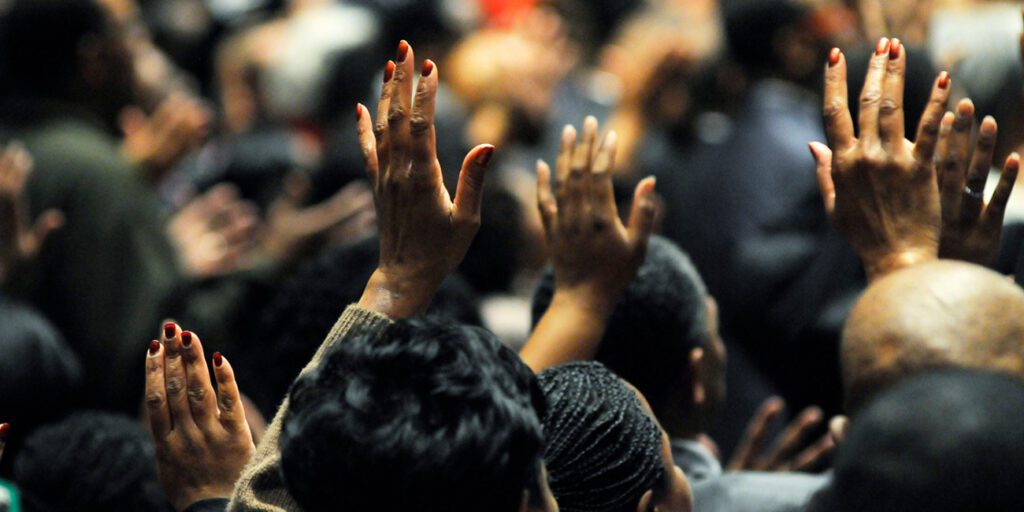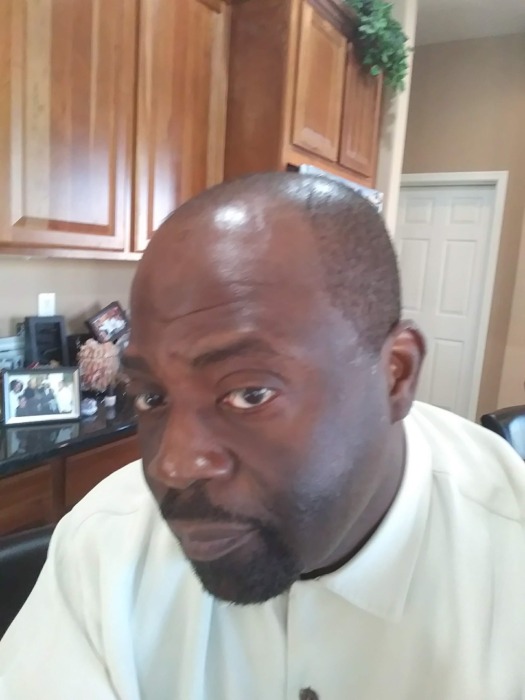By DL White

Welcome to 2023! A New Year and new opportunity to make good on promises (resolutions) to do better, level up or not lose ground in the New Year.
The thirty-five cent question, how did you ring in the New Year?
Did you attend a Church service, stay home or hit the spot (Club)? Never mind, what happens on NE Eve, should stay there!
If you attended a Church service, how long has that church observed the coming of a New Year by hosting a “Watch Night Service?”
The origins of Watch Night Services date back to the 1700s, St. George Church in Philadelphia. Activist Richard Allen (1760 – 1831), a minister, educator, writer as well as an outspoken critic of the evils of human bondage (slavery) attended St. George’s before founding the African Methodist Episcopal Church (AME) the first independent Black denomination in the US. The first AME Church under Allen’s leadership was founded in Philadelphia in 1794. The actual Watch Night Service was credited to the Moravian’s under John Wesley who adopted a Watch Night Service in 1740.
Early Methodist held Watch Night Services once a month on the occasion of a full moon (www.snoopes.com/fact-check/watch night.
Roll the Clock Forward
The Watch Night Services more associated with communities of African American descent had its origin 160 years ago on December 31, 1862, and is often referred to as “Freedom’s Eve.” Freedom’s Eve was birthed on the premise that on the night of December 31, 1862, when the clock struck mid-night, a new freedom was to be born. The freedom of an end to slavery as promised by the Executive Order signed by then President Abraham Lincoln September 1862. The Executor Order was to become the Emancipation Proclamation, Lincoln’s promise to the North’s growing distaste for human bondage known as the “peculiar institution” (slavery).
Northern Abolitionist, Quakers, former slave Frederick Douglass, and freedman the off-spring of individuals that had earned their freedom fighting for America’s independence in the Revolutionary war and those born of the Founding Father’s opposed slavery and demanded Lincoln act on their desires. Lerone Bennett, Sr., a senior editor for Ebony Magazine during its flourishing years, penned a national best seller about the 16th President of the United States (Lincoln) and his initial reluctance to sign the Executive Order which became the Emancipation Proclamation. Bennett’s top seller “Forced into Glory” detailed how Lincoln vacillated and was torn by the idea. Lincoln spent many sleepless nights and difficult days considering what his decision would mean to the country. He finally rationalized and went before the American public. The North needed a victory on the battlefield and in the polls of public opinion. The moral issues of bondage weighed heavily on many in the North and the imposing image of Frederick Douglass now a resounding voice across the nation and in Canada added to the furor.
In Lincoln’s address to the nation, he noted, “If I could end slavery without this presidential measure I would, however I cannot. A nation divided against itself cannot stand.”
The Emancipation only freed those in bondage in states that had succeeded from the Union. Freedom then only was granted (per the Emancipation) to those states at war in the south. The limited freedom extended by the Emancipation was overlooked and downplayed by Douglass and the Abolitionist, as it was a start for what they believed was better days ahead.
On December 31, 1862, Freedmen and women of African American descent packed into churches, and private homes, all across the nation, anxiously awaiting the “good news” of the promise of Freedom (the Executive Order) which would indeed become the Emancipation Proclamation and grant the anticipated Freedom.
Lincoln did not disappoint. As the clock struck midnight, the anticipation mounted and then the shouting in the streets as telegraph wires affirmed that the Emancipation Proclamation had become law. Those in bondage in the Confederate States at war against the Union were declared legally free. The news was received with loud outcries and prayers, shouting, dancing in the streets, and singing. Black folks can and do love to sing when sad and happy. Many feel to their knees in disbelief and definite prayer!
That is the way it was then!
DL White, for over 30 years has been writing reflectively in response to issues local and nationwide. His articles have appeared in the Tucson Citizen, the Arizona Daily Star, The Arizona Republic and Arizona Informant News Paper. DL is the author of highly regarded Children’s Book, “The Sensational Letter S,” which encourages early word development. Reading comprehension, Story recalls. He is the State Director for the NAACP AZ State Conference ACT-SO Program. A national academic program that recognizes African American youth (9th – 12th) grades for their achievement in such areas as STEM, Humanities, Visual & Performing Arts. ACT-SO, the Olympics of the Mind!! DL can be reached at dwhiteQ2@gmail.com.

